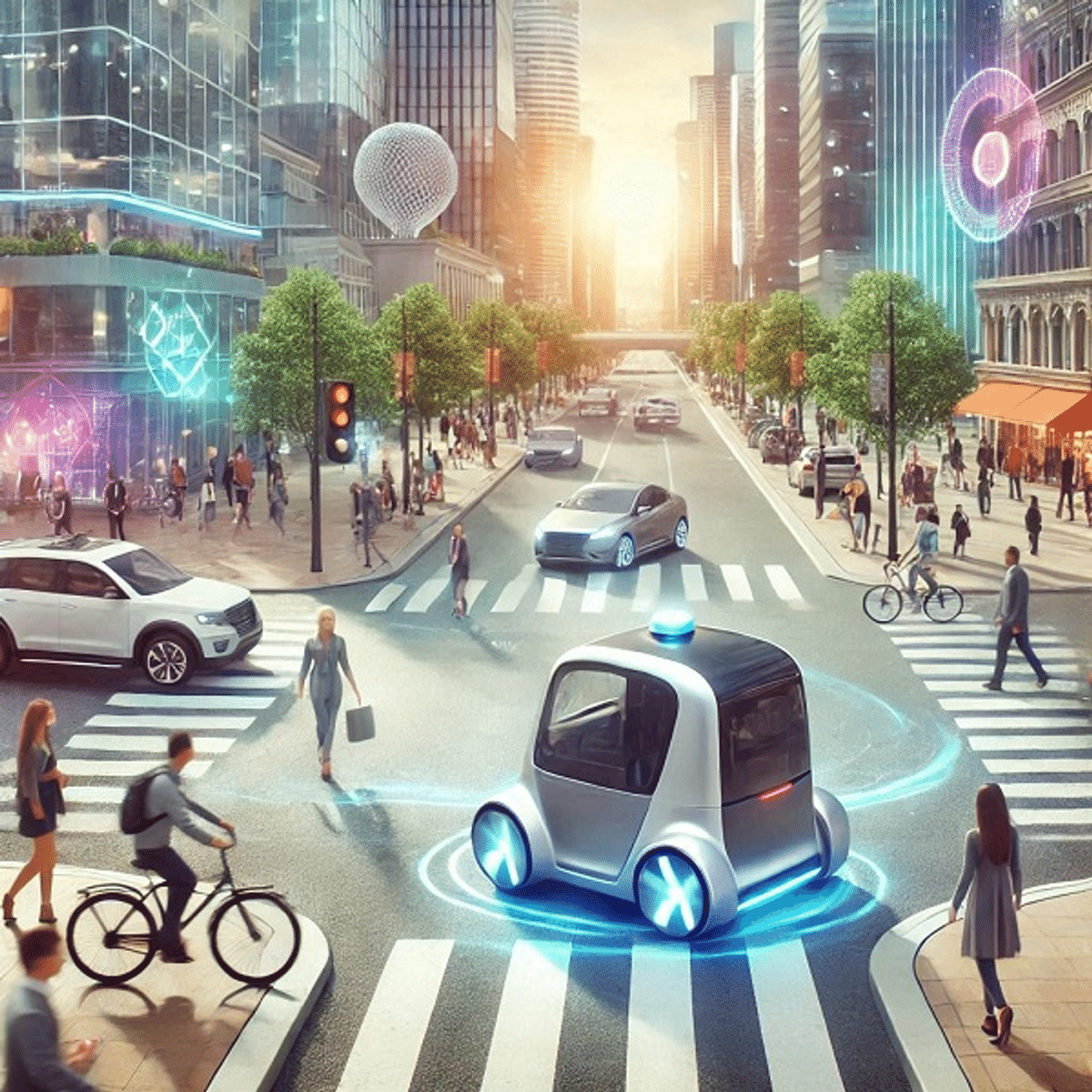Self-driving cars are attracting attention as a crucial technology that will lead to innovative changes in future transportation. This article will delve into the development process, current status, and future prospects of self-driving car technology.

Self-Driving Car
Definition of Self-Driving Cars
Self-driving cars refer to vehicles capable of driving themselves without a driver. This is the result of a combination of advanced technologies such as artificial intelligence, sensors, and data analysis, offering advantages such as reduced traffic congestion, improved safety, and increased energy efficiency.
Main Components of Self-Driving Technology
- Artificial Intelligence (AI): Artificial intelligence acts as the brain of a self-driving car. Through machine learning and deep learning algorithms, it analyzes road conditions in real time and determines the driving route. For example, Google's Waymo applies deep learning to its self-driving cars to enable safe driving even in complex road environments.
- Sensor Technology: Self-driving cars perceive their surroundings through various sensors. LiDAR, cameras, and radar are commonly used. LiDAR uses lasers to measure the distance to objects, cameras provide visual information, and radar detects the speed and location of objects. Tesla uses cameras and radar mounted on its vehicles to develop its Autopilot system.
- Location Tracking and Navigation: GPS and high-precision maps are used to track the vehicle's location in real time and guide it along the optimal route. This helps the vehicle reach its destination efficiently. For example, Uber's self-driving cars use GPS and high-precision maps to understand road conditions and calculate the best route.
Current Status of Self-Driving Cars
Currently, self-driving cars are in the testing phase, and commercial operation is underway in limited areas of some cities. For example, Waymo provides self-driving taxi services in Phoenix, Arizona. Tesla also offers a self-driving assistance system through its Autopilot function and is gradually developing it into a fully autonomous driving technology.
Future Prospects of Self-Driving Cars
Self-driving cars are expected to develop in the following directions.
- Improved Safety: Through the development of more sophisticated algorithms and sensor technology, accident rates can be significantly reduced. In particular, advancements in artificial intelligence technology will improve the ability to respond to various road conditions.
- Resolution of Legal and Ethical Issues: To commercialize self-driving cars, legal and ethical issues must be addressed. To this end, governments are establishing regulations and standards for self-driving cars, and these will be further refined in the future.
- Environmentally Friendly Technology: Self-driving cars will develop into environmentally friendly modes of transportation by combining with electric vehicle technology. This will reduce air pollution and increase energy efficiency.
Conclusion
Self-driving cars have the potential to revolutionize our daily lives. With continuous technological advancements, self-driving cars will become a safer, more convenient, and environmentally friendly mode of transportation for the future.

Comments0